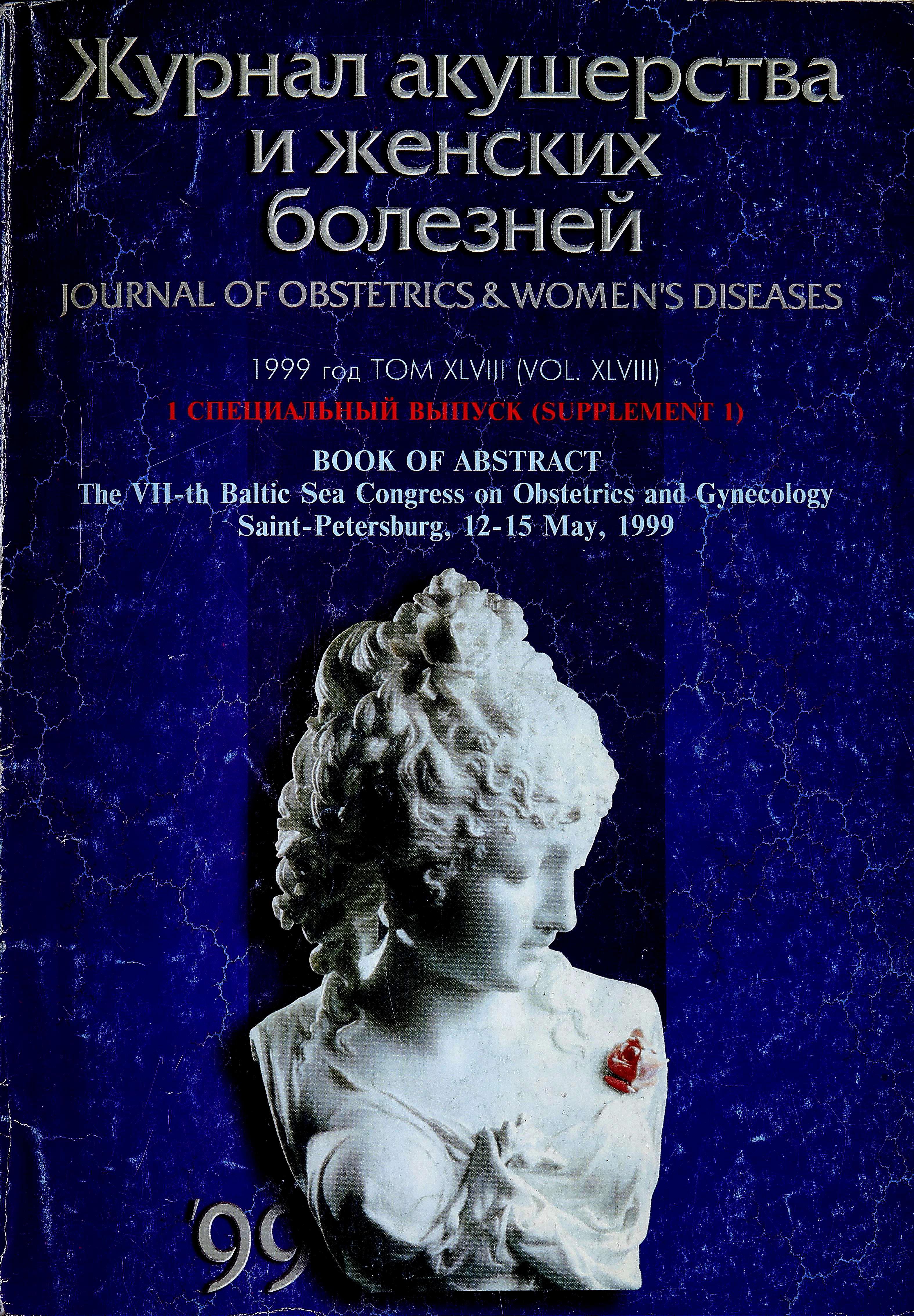II. Immaturity of the lungs: neonatal perspective-surfactant, assess of lung maturation
- Authors: Liubsys A.1
-
Affiliations:
- Vilinus University Children's Hospital
- Issue: Vol 48, No 5S (1999)
- Pages: 100-100
- Section: Articles
- Submitted: 17.02.2022
- Accepted: 17.02.2022
- Published: 15.12.1999
- URL: https://journals.eco-vector.com/jowd/article/view/101053
- DOI: https://doi.org/10.17816/JOWD101053
- ID: 101053
Cite item
Full Text
Abstract
Surfactant. In 1957 Clements isolated from lung tissue a surface-active material which he called surfactant. It is composed of phospholipid with small amounts of neutral fat, cholesterol, and protein. The primary active molecule is saturated dipalmytoyl phosphatidylcholine. Other components of surfactant, including unsaturated phosphatidylcholine and phosphatidylglycerol, are important in making surfactant more fluid and facilitating re-spreading. Surfactant lowers surface tension by adsorbing to surface and displacing water molecules. In the lung, the presence of surfactant counteracts the tendency of the lung to collapse at the end of breath, allowing a functional volume of gas to remain in the lung at the end of expiration (functional residual capacity).
Full Text
Surfactant. In 1957 Clements isolated from lung tissue a surface-active material which he called surfactant. It is composed of phospholipid with small amounts of neutral fat, cholesterol, and protein. The primary active molecule is saturated dipalmytoyl phosphatidylcholine. Other components of surfactant, including unsaturated phosphatidylcholine and phosphatidylglycerol, are important in making surfactant more fluid and facilitating re-spreading. Surfactant lowers surface tension by adsorbing to surface and displacing water molecules. In the lung, the presence of surfactant counteracts the tendency of the lung to collapse at the end of breath, allowing a functional volume of gas to remain in the lung at the end of expiration (functional residual capacity). Evidently, surfactant is the crucial biochemical substrate for alveolar stability and gas exchange in the lungs. Assess of lung maturation. Fetal lung fluid is secreted at the rate of 2-5 ml/kg/h. There is a net efflux of fetal lung fluid from trachea into the amniotic fluid, caring surfactant with it. The concentrations of surfactant components in amniotic fluid increase with advancing gestation. These surfactant components can be directly or indirectly measured in amniotic fluid in order to assess biochemical lung maturity. Lecitin/sphingomyelin (L/S) ratio determination, measurement of phosphatidylglycerol (PG), NBD-PC fluorescence polarization assay, shake test and foam stability index (FSI), and other measurements of biochemical fetal lung maturation are currently available. If a preterm infant was born without prior testing of fetal lung maturity, the early determination of surfactant deficiency can be used to guide rational surfactant therapy. One approach is to measure surfactant components in tracheal aspirates. A quick and noninvasive measurement of lung compliance has predictive values of 97% for RDS and 92% for the lack of RDS, with a sensitivity of 96% and specificity of 94%.
About the authors
A. Liubsys
Vilinus University Children's Hospital
Author for correspondence.
Email: info@eco-vector.com
Lithuania
References
Supplementary files







